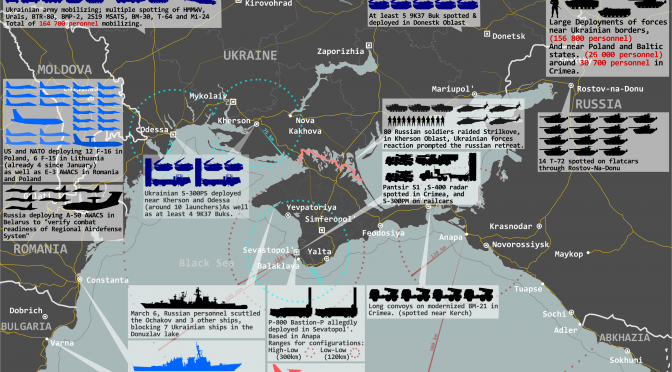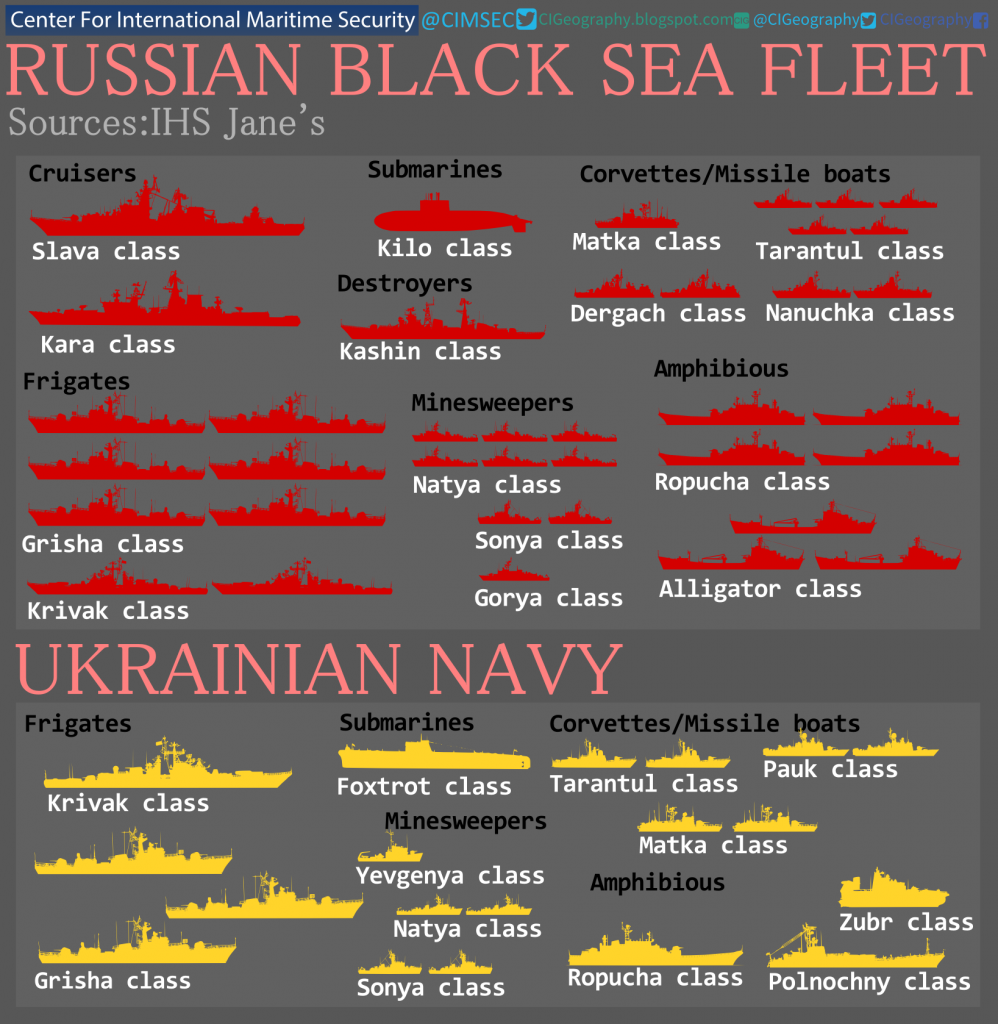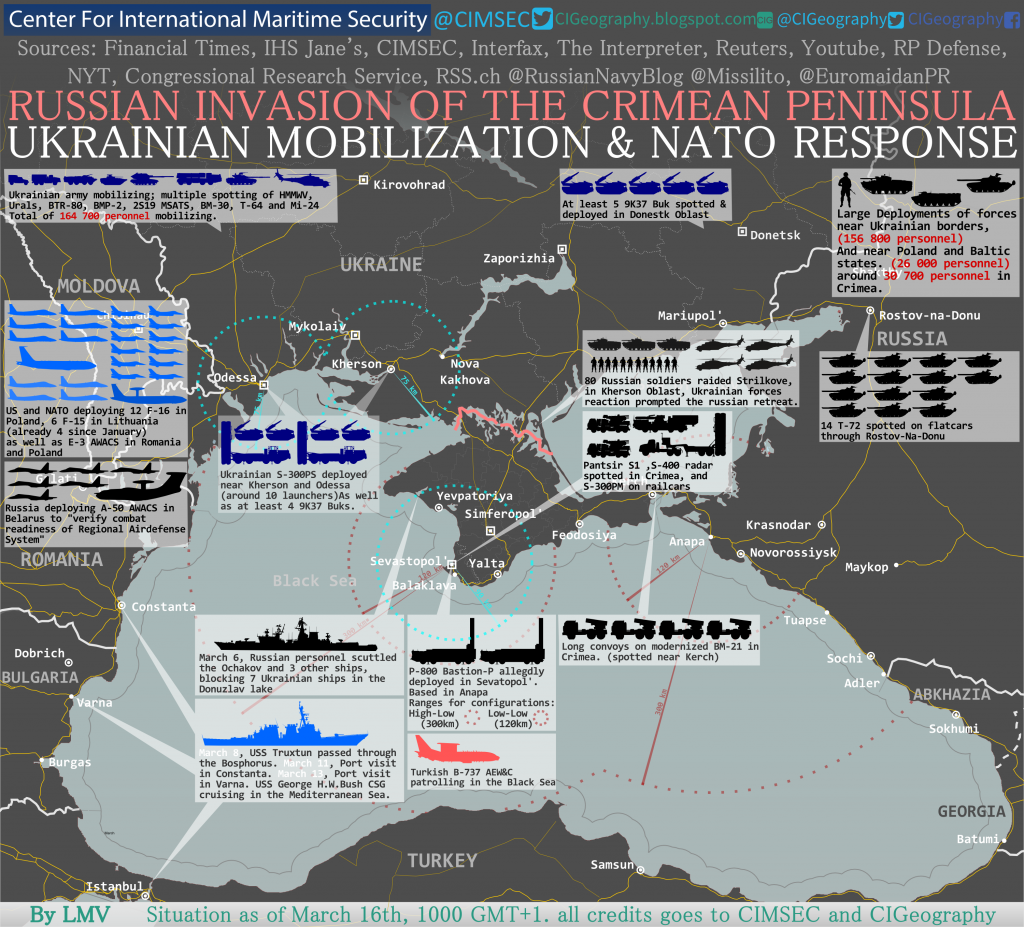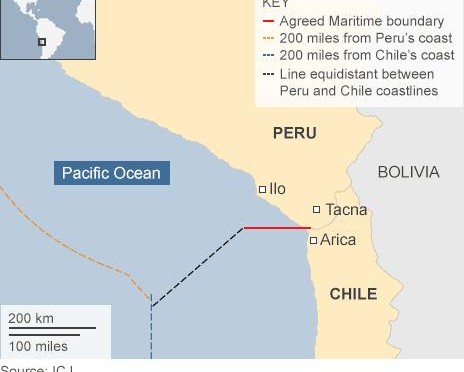Between the 17th and 24th of March, Offiziere.ch as well as the Facebook pages “Sicherheitspolitik” and Army HQ will hold another security policy contest with the support of “Seidlers Sicherheitspolitik“, “Aussen- und Sicherheitspolitik“, #carbine, and CIMSEC.

This time, our security policy contest will deal with a historical maritime theme.
During the Second World War, Britain’s land-based combat aircraft lacked sufficient range to attack German submarines in the middle of the Atlantic. A British journalist and inventor working for the British Combined Operations Headquarters, who was already known for his unusual ideas, suggested the construction of giant floating landing platforms (“aircraft carrier”) on which planes could land and take off. A prototype was tested on a lake in Canada. The proposed construction material was unusual, but it was available in sufficient quantities and at an unbeatable price. A boat that was also made from this material can be seen in the image below.
Questions
What material was the “aircraft carrier” made of?
What was the project name of this venture?
Who suggested the project to Winston Churchill?
The (hopefully correct) answers should be sent to [email protected]. The preferred prize can also be specified in the e-mail, although we cannot guarantee this.
Prizes
The prizes will be drawn from among the correct entries. They will first be drawn from among the entries answering all three questions correctly. If nobody manages this (don’t disappoint me!), the draw will be made from the entries that have two correct answers.
2 x “Soldaten, Guerilleros, Terroristen” by Philipp Knesebeck (gesponsert von Springer VS).
1 x “Global Environmental Change” by Achim Maas, Balázs Bodó and Clementine Burnley.
1 x “Life Begins at Incoporation” by Matt Bors.
1 x “Shadow Wars: Chasing Conflict in an Era of Peace” by David Axe
1 x “Vier Tage im November” by Johannes Clair.
1 x “Poor Numbers: How We Are Misled by African Development Statistics and What to Do about It” by Morten Jerven.
1 x “Command and Control: Nuclear Weapons, the Damascus Accident, and the Illusion of Safety ” by Eric Schlosser.
1 x “Cyber War will not take place” by Thomas Rid.
1 x “New Security Challenges in Asia” by Michael Wills and Robert M. Hathaway.
1 x “Schottenfreude: German Words for the Human Condition” by Ben Schott.
1 x “Europa als sicherheitspolitischer Akteur” by Michael Staack and Dan Krause.




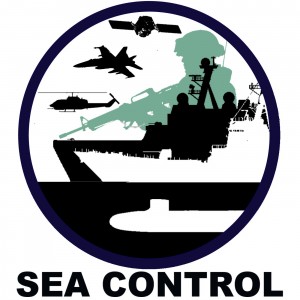 Sea Control will be adding two monthly segments to its lineup: Sea Control Europe/Britain and Sea Control Asia-Pacific. We are joined by Natalie Sambhi of the
Sea Control will be adding two monthly segments to its lineup: Sea Control Europe/Britain and Sea Control Asia-Pacific. We are joined by Natalie Sambhi of the 